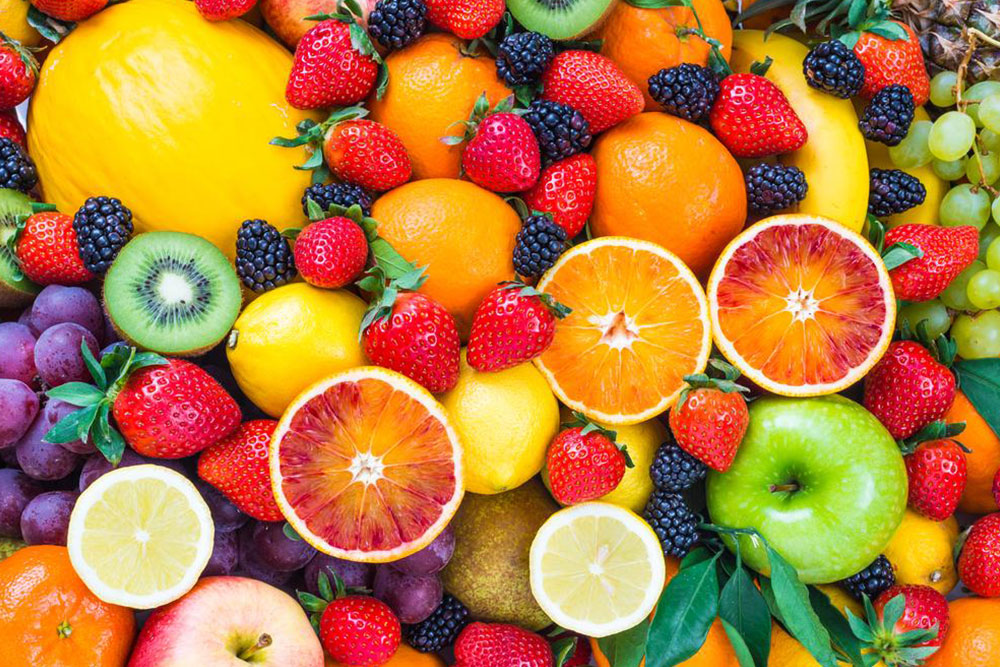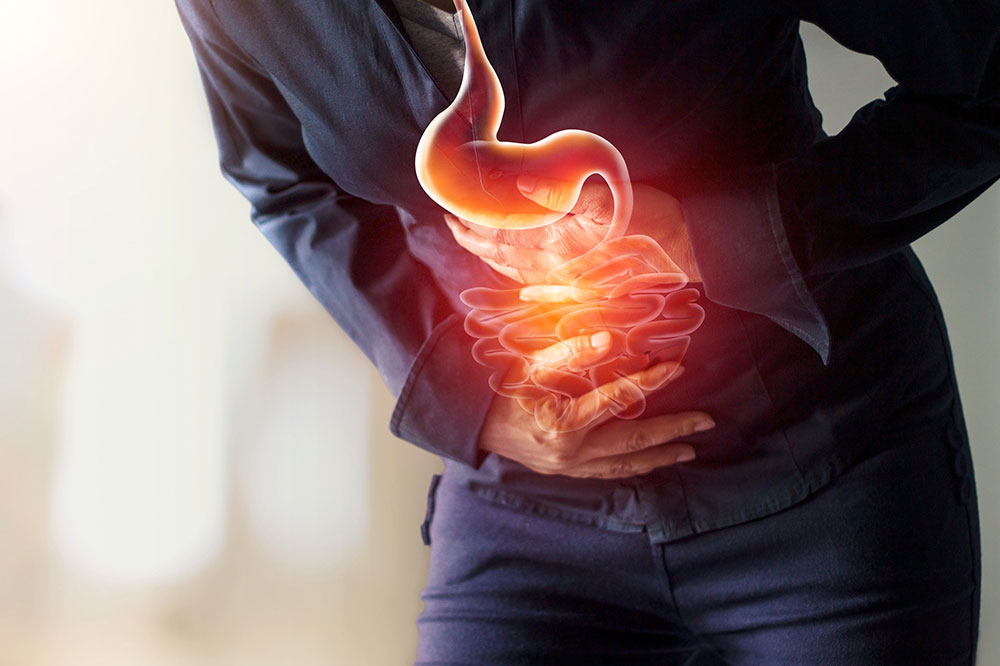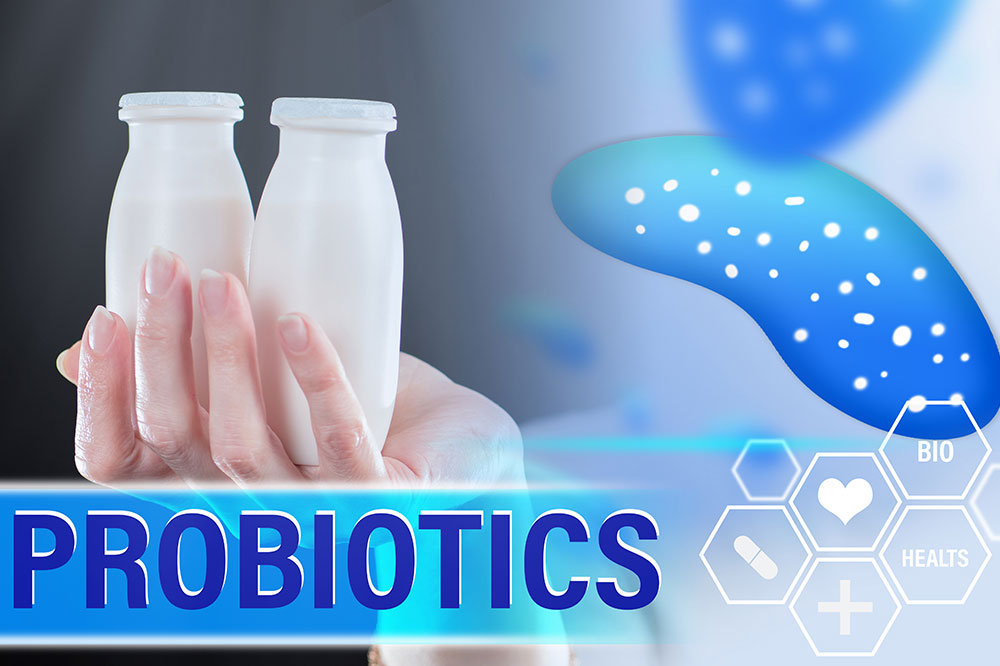Comprehensive Dietary Strategies for Effective Management of Gastritis Symptoms
Discover effective dietary strategies to manage gastritis symptoms effectively. Learn about foods to include and avoid, such as broccoli, probiotics, and citrus fruits, to soothe your stomach and promote healing. This comprehensive guide helps you take control of your gastritis through informed eating habits and lifestyle changes for better digestive health.

Comprehensive Dietary Strategies for Effective Management of Gastritis Symptoms
Gastritis is a prevalent digestive disorder characterized by inflammation of the stomach lining. Often mistaken for milder indigestion, it is, in fact, a more serious condition typically caused by infection with the bacterium Helicobacter pylori. This bacterial invasion triggers inflammation that can lead to discomfort, pain, and in some cases, the formation of stomach ulcers if left untreated. Recognizing the importance of diet in managing this condition is essential, as specific foods can either worsen inflammation or promote healing and relief. Understanding how to adjust dietary habits can significantly improve quality of life for those suffering from gastritis.
Gastritis manifests through various symptoms such as persistent stomach pain, burning sensations, nausea, bloating, loss of appetite, and sometimes vomiting. The inflammation caused by H. pylori bacteria irritates the stomach lining, leading to these uncomfortable sensations. While medications like antibiotics and acid reducers are often necessary for treatment, diet plays an equally critical role in alleviating symptoms and supporting recovery. By making informed dietary choices, patients can reduce irritation, prevent flare-ups, and promote healing of the gastric mucosa.
Most cases of acute gastritis improve within days when proper dietary measures are followed. However, in cases where symptoms persist or worsen, it’s crucial to consult a healthcare professional for comprehensive treatment. The following dietary guidelines outline foods to avoid and those that can help soothe and heal the stomach lining, providing a practical roadmap for individuals managing gastritis effectively:
Incorporate Broccoli for Its Healing Properties: Broccoli, especially broccoli sprouts, is rich in sulforaphane—a compound that exhibits potent anti-bacterial properties against H. pylori bacteria. Regular consumption of broccoli can assist in reducing bacterial infection and inflammation. Add broccoli to your diet by including it in salads, steaming it as a side dish, blending it into smoothies, or incorporating it into stir-fries. The benefits of sulforaphane make broccoli a valuable addition to gastritis-friendly diets.
Minimize Citrus Fruits Consumption: Fruits such as oranges, grapefruits, lemons, and limes are not advisable during gastritis flare-ups because they contain high levels of citric acid. Acidic foods can irritate the inflamed stomach lining, exacerbating symptoms like burning pain and nausea. If you crave citrus, consider small quantities of less acidic options or wait until symptoms subside.
Include Probiotic-Rich Yogurt: Yogurt containing live active cultures has been shown to promote healthy gut flora and aid in combating H. pylori infection. Opt for plain, unsweetened, organic, and fat-free varieties. Consuming probiotic yogurt regularly can soothe the stomach lining, bolster immune defenses, and restore balance to the digestive system.
Avoid Spicy and Irritating Foods: Spices such as chili peppers, black pepper, garlic, red pepper flakes, and hot sauces can act as irritants, worsening inflammation and pain. While spicy food may be manageable for some, it’s prudent for individuals with gastritis to limit or eliminate these ingredients from their diet until symptoms improve.
Steer Clear of Processed and High-Fat Foods: Foods loaded with trans fats, refined oils, preservatives, and artificial additives can aggravate gastritis symptoms. Processed snacks, fried foods, packaged baked goods, and fast foods are best avoided. Instead, focus on whole, unprocessed foods: fresh fruits and vegetables, lean meats, whole grains, and healthy fats such as olive oil. These options support healing and reduce the burden on the digestive system.
Adopting these dietary guidelines, along with appropriate medical treatment, can significantly improve management of gastritis symptoms. Remember that individual tolerance varies, so keeping a food diary can help identify personal triggers. Consistency and patience are vital, and when symptoms persist or worsen, seeking medical advice is essential to prevent complications such as ulcers or chronic inflammation.
In summary, diet is a powerful tool in the fight against gastritis. By incorporating healing foods like broccoli, avoiding irritants such as citrus and spicy foods, and including probiotics in your diet, you can foster an environment conducive to healing and symptom relief. Coupled with medical treatment and lifestyle modifications, these dietary strategies offer a comprehensive approach to managing this common digestive disorder effectively.





